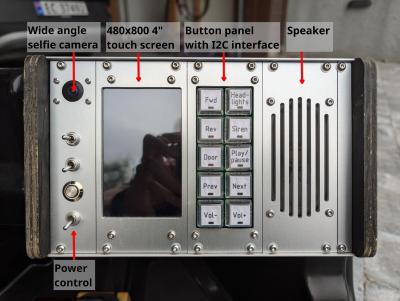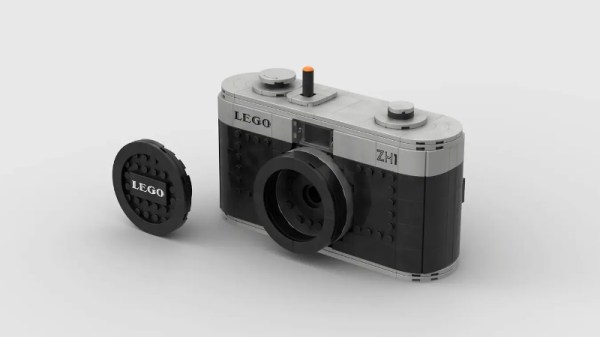Spirographs can make some pretty groovy designs on paper, but what if you want to take it a step further? [Uri Tuchman] has used the pantograph on his milling machine to duplicate the effect in harder materials.
[Tuchman] starts with a quick proof-of-concept using an actual plastic Spirograph toy to make sure it isn’t a totally unworkable idea. Unsurprisingly, the plastic is too flexible to give a highly detailed result on the MDF test piece, so he laser cut an acrylic version as the next prototype. This provided much better stiffness, but he needed to adjust gear ratios and ergonomics to make the device more usable.
The final iteration uses a combination of laser cut acrylic and machined brass components to increase rigidity where needed. A hand-turned knob for the crank adds a classy touch, as does the “Spiromatic 2000” brass plate affixed to the wooden base of the mechanism.
This isn’t the first spirograph-related project we’ve seen. How about one made of LEGO Mindstorms, another using Arduino, or one that makes these patterns on your oscilloscope?




















